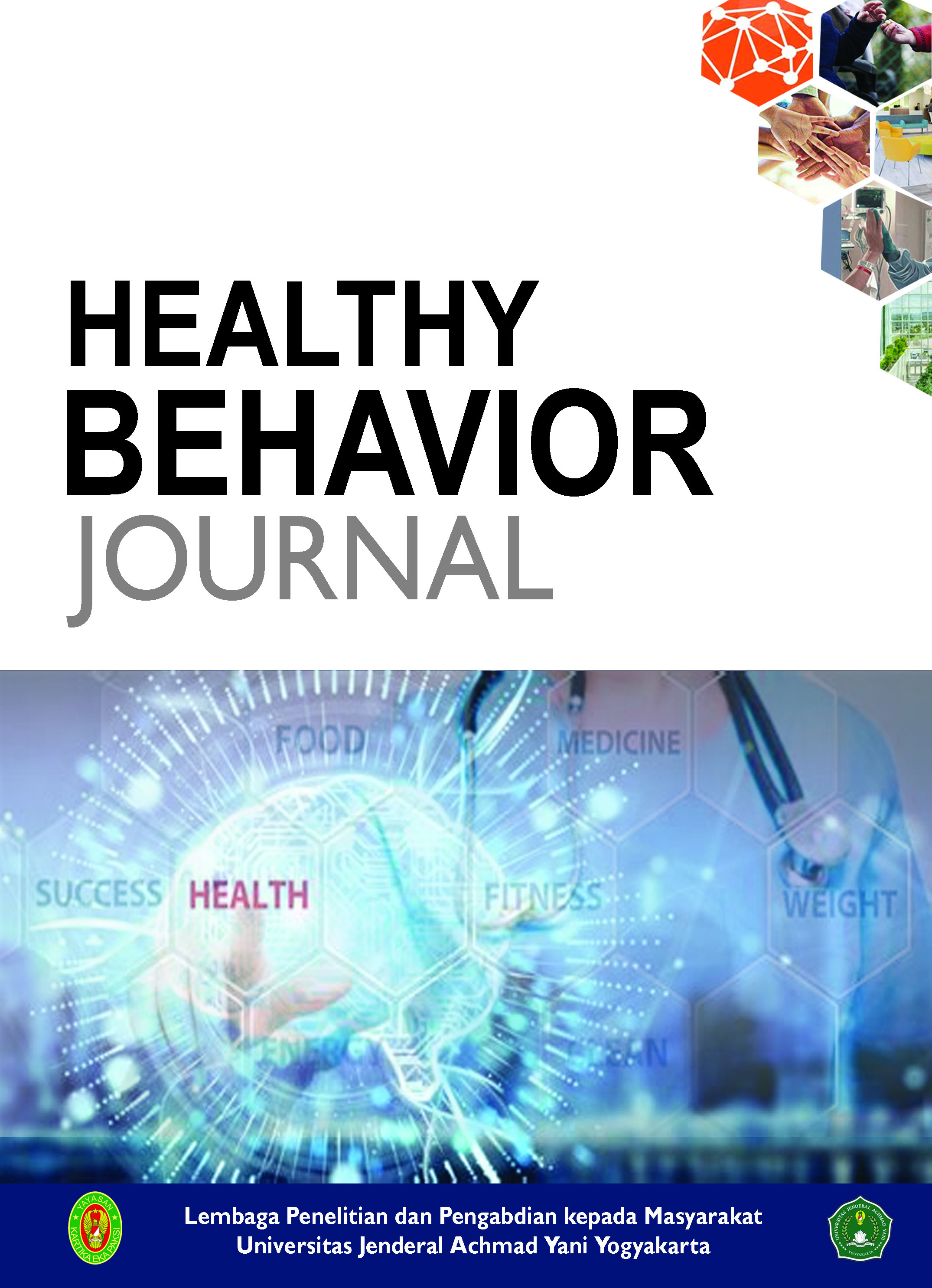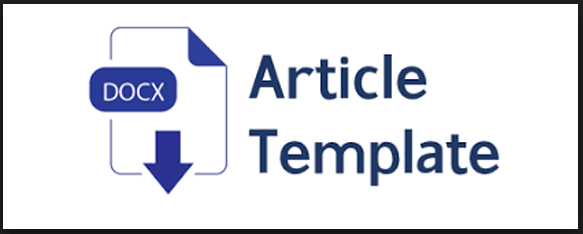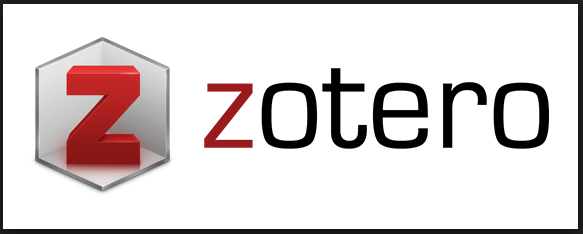Pengaruh Media Edukasi Ular Tangga Terhadap Pengetahuan Menstrual Hygiene Pada Remaja Intellectual Disability di SLB Kabupaten Bantul
DOI:
https://doi.org/10.30989/hbj.v3i1.1287Keywords:
Adolescents, Intellectual Disability, Knowledge, Menstrual Hygiene, Educational Media, Snake and LaddersAbstract
Background: Teenagers who have reached puberty will start having periods. Adolescents with intellectual disabilities will also experience this condition like typical adolescents. Therefore, it is crucial to teach adolescents about menstrual hygiene through health education using snake and ladder media to prevent infection of the reproductive organs.
Objective: To determine how snake and ladder educational media affect adolescents with intellectual disabilities in the SLB Kabupaten Bantul knowledge of menstrual hygiene.
Methods: This study employed a pre-experimental design with One Group Pre Test- Post Test. A total of 30 respondents were sampled using a total sampling technique. Data was collected in June 2022 at SLB PGRI Trimulyo Bantul and SLB Ma'arif Bantul. A questionnaire on the level of knowledge of menstrual hygiene for adolescents with intellectual disabilities and educational media for snakes and ladders were used as research instruments. The Wilcoxon Signed Ranks Test was used to analyze the study's findings.
Results: The findings revealed that prior to receiving an education using snakes and ladders, participants had good knowledge (6.7%), sufficient knowledge (33.3%), and insufficient knowledge (60%). Following education with snakes and ladders, knowledge increased to good (46.7%), sufficient (50.0%), and insufficient (1.9%). The data was strengthened by the Wilcoxon Signed Ranks Test results, which yielded a value of p = 0.001.
Conclusion: Educational media on snakes and ladders affects knowledge of menstrual hygiene in adolescents with intellectual disabilities in SLB Kabupaten Bantul. It is hoped that adolescents can continue to increase their knowledge regarding menstrual hygiene by seeking information sources from schools and health workers.
References
[1] American Association on Intellectual and Developmental Disabilities, “Intellectual Disability: Definition, Classification, and Systems of Supports,” 11th ed., Washington, DC: AAIDD, 2010.
[2] K. Shchubelka et al., “Genetic determinants of global developmental delay and intellectual disability in Ukrainian children,” J. Neurodev. Disord., vol. 16, no. 1, pp. 1–10, 2024, doi: 10.1186/s11689-024-09528-x.
[3] R. Kemenkes, “Kanker Payudara Paling Banyak di Indonesia, Kemenkes Targetkan Pemerataan Layanan Kesehatan,” 2022. https://sehatnegeriku.kemkes.go.id/baca/umum/20220202/1639254/kanker-payudaya-paling-banyak-di-indonesia-kemenkes-targetkan-pemerataan-layanan-kesehatan/
[4] Bappeda, “Data Penyandang Masalah Kesejahteraan Sosial dan Sarana Kesejahteraan Sosial,” in Bappeda Provinsi DIY, 2020.
[5] J. Wilbur, R. Poilapa, and C. Morrison, “Menstrual Health Experiences of People with Intellectual Disabilities and Their Caregivers during Vanuatu’s Humanitarian Responses: A Qualitative Study,” Int. J. Environ. Res. Public Health, vol. 19, no. 21, 2022, doi: 10.3390/ijerph192114540.
[6] M. del R. Flores-Medina, E. Valdez-Martinez, and H. Márquez-González, “Qualitative Focus Groups with Professionals of Special Education and Parents of Young Females with Intellectual Disability Exploring Experiences with Menstrual Hygiene Management and the Trigger for the Non-Therapeutic Hysterectomy in Mexico,” Healthc., vol. 10, no. 9, 2022, doi: 10.3390/healthcare10091690.
[7] D. U. Aras, N. M. Asbi, and J. Ibrahim, “Gambaran Pengetahuan tentang Kesehatan Reproduksi pada Remaja Penyandang Disabilitas : Studi Kualitatitf Pada Remaja Tunanetra di Yayasan Pembinaan Tunanetra Indonesia (YAPTI) Makassar,” J. Ilm. Kesehat. Iqra, vol. 7, no. 2, pp. 16–21, 2019.
[8] D. Yati and H. A. Sudarno, “Hubungan Pendidikan Orangtua dengan Tingkat Kemandirian Personal Hygiene saat Menstruasi pada Remaja dengan Disabilitas intelektual,” J. Holist. Nurs. Sci., vol. 6, no. 1, pp. 13–21, 2019.
[9] D. Bujianto, “Profil Kesehatan Indonesia Tahun 2019.” [Online]. Available: https://pusdatin.kemkes.go.id/resources/download/pusdatin/profil-
[10] A. S. Wahyudi, C. A. Asmoro, and I. Suarliah, “Faktor yang Berhubungan dengan Personal Hygiene Saat Menstruasi,” J. Kesehat. Manarang, vol. 4, no. mor 2, pp. 104–113, 2018.
[11] S. W. Andri, A. Candra, P., and I. Surailah, “Faktor yang Berhubungan dengan Personal Hygiene Saat Menstruasi,” J. Kesehat. Manarang, vol. 4, no. 2, pp. 104–113, 2018.
[12] E. S. Wahyuni and D. W. O. Harisa, “Video Based Instructions Meningkatkan Praktik Kebersihan Diri Saat Menstruasi pada Siswi Disabilitas Intelektual,” J. Keterapian Fis., vol. 5, no. 2, pp. 62–70, 2020, doi: 10.37341/jkf.v5i2.235.
[13] Q. Ayun, Z. Shaluhiyah, and A. Margawati, “Pengetahuan, Sikap dan Pengalaman Caretaker Tentang Pendidikan Kesehatan Reproduksi Tunagrahita di SLB Dharma Wanita Kabupaten Gresik,” J. Kesehat. Masy. Visikes, vol. 2, no. 1, pp. 37–50, 2018.
[14] I. Gönenç, N. Ç. Çalbayram, S. Altundağ, and Ö. Aktaş, “Determination of the Efficiency of Menstruation Hygiene Training Given to Trainable Intellectual Disability Adolescent Girls,” Ankara Med. J., vol. 20, pp. 57–68, 2020, [Online]. Available: https://consensus.app/papers/determination-of-the-efficiency-of-menstruation-hygiene-g
[15] D. A. Rahmawati, “Efektivitas GACOKAN (Game Mencocokkan) dan GALAGA (Game Ular Tangg) dalam Meningkatkan Pengetahuan Remaja Putri tentang Kebersihan Ganitalia Saat Menstruasi [POLTEKKES KEMENKES Semarang.” 2021.
[16] J. Wilbur et al., “Qualitative study exploring the barriers to menstrual hygiene management faced by adolescents and young people with a disability, and their carers in the Kavrepalanchok district, Nepal,” BMC Public Health, vol. 21, no. 1, pp. 1–15, 2021, doi: 10.1186/s12889-021-10439-y.
[17] C. Zuhriya, N. K. A. Armini, and E. D. Wahyuni, “Pengaruh Edutainment Ular Tangga Terhadap Perilaku Remaja Tentang Personal Hygiene Menstruasi,” J. Keperawatan Muhammadiyah, vol. 3, no. 2, 2018, doi: 10.30651/jkm.v3i2.1763.
[18] Permata, “Hubungan Pengetahuan Dan Sikap Dengan Perilaku Vulva Hygiene Saat Menstruasi Pada Remaja Puteri di SMP N 01 Pulau Beringin Sumatera Selatan Tahun 2019,” 2019. http://repository.unas.ac.id/636/1/Desvi Dwi Permata.pdf%0APujianto, E. (2020).
[19] E. Sinaga, “Manajemen kesehatan menstruasi. Jakarta:,” Univ. Nas. IWW-ASH Glob., no. April, 2017, [Online]. Available: http://repository.unas.ac.id/1323/1/B3-erna-Buku Kesehatan Menstruasi.pdf
[20] N. Nugraheni and Romdiyah, “Hubungan Pengetahuan, Sikap dan Akses Media terhadap Perilaku Remaja dalam Merawat Organ Genitalia,” J. Ilm. Kesehat. Ar-Rum Salatiga, vol. 6, no. 1, pp. 37–42, 2021.
[21] S. Notoadmodjo, Promosi Kesehatan dan Perilaku Kesehatan. Jakarta: Rineka Cipta, 2012.
[22] R. Farakhiyah, S. T. Raharjo, and N. C. Apsari, “Perilaku Seksual Remaja dengan Disabilitas Mental,” Soc. Netw. J., vol. 8, no. 1, pp. 114–126, 2018.
[23] S. V Puspitasari, L. E. Novianti, and H. Agustiani, “Pubertas Menurut Prespektif Remaja Putri Dengan Disabilitas Intelektual,” J. Psikol., vol. 9, no. 3, pp. 237–250, 2020, doi: 10.30872/psikostudia.v9i3.4165.
[24] D. Utari and A. Nurrohmah, “Pengaruh Edukasi Ular Tangga Mitigasi Banjir Terhadap Tingkat Pengetahuan Usia 10-12 Tahun Desa Beran Kismoyoso,” Sehat Rakyat J. Kesehat. Masy., vol. 1, no. 4, pp. 323–333, 2022, doi: 10.54259/sehatrakyat.v1i4.1098.
[25] D. Kurniawati, D. Y. Rohmana, and Peni Perdani Juliningrum, “Pengaruh Permainan Ular Tangga terhadap Pengetahuan danSikap dalam Menghadapi Menarche pada Siswi SDNPringgowirawan 01 Sumberbaru Kabupaten Jember,” J. Pustaka Kesehat., vol. 5, no. 1, 2017.









